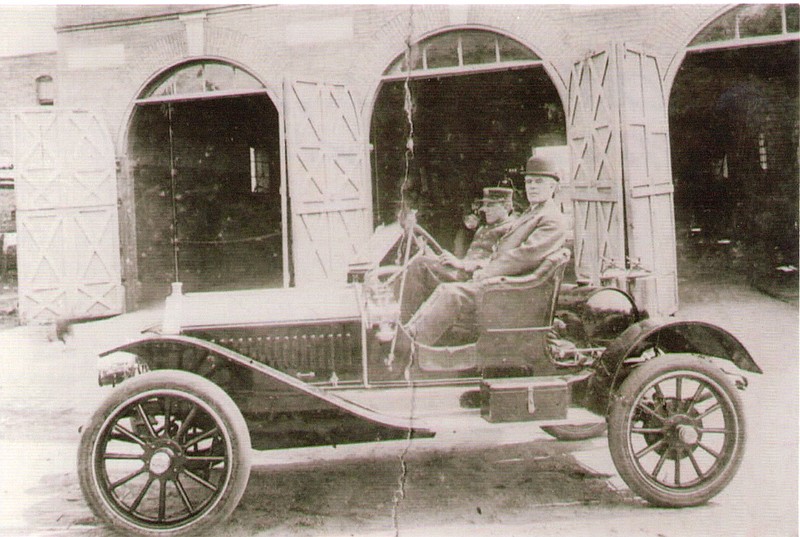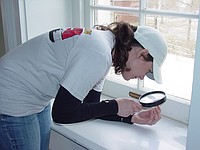Researching Texarkana history, especially the history of the two fire departments, is a favorite pastime for Texarkana resident Freddie Weathers.
"This is my passion. I just like doing this stuff," Weathers said.
Weathers served with the Texarkana, Texas, Fire Department from 1966 to 1997. Since retirement, he stays busy volunteering with veterans' issues and has also taken time to compile a history of Texarkana's fire departments.
Photo Gallery
The Pontchartrain Project
The Pontchartrain Project finds artifacts on the CSS Pontchartrain.
Like in many cities, Texarkana's wooden buildings that were built close together risked total destruction when fires were fought with only a fire-bucket brigade. In those days, a fire in one building often meant the destruction of an entire city block. A fire alarm was sounded by such methods as the ringing of church bells, the blowing of a train whistle and the firing of pistols, according to Weathers' history.
It would then be the duty of every man in the town to come running and lend a hand. A fire-bucket brigade would be started as buckets of water drawn from a local well or creek would be passed from hand to hand down long rows of people.
In the late 1800s, a volunteer fire department was formed in Texarkana and a fire station was set up at the corner of Broad and Olive streets. A resident named Charles W. Bramble was the elected fire chief. The Rescue Company, as it was called, had one piece of firefighting equipment. It was a hose reel drawn with a rope by the men.
Eventually, the fire department became equipped with a horse-drawn ladder truck. The truck was named "Emogene" and was drawn by four high-stepping mares. The horses were trained so that when the fire alarm sounded, they would take their place in the station directly under a harness suspended from the roof. The harness would be dropped into place in a matter of seconds and the team would be ready to go.
But there were problems with this method. Many streets were in bad shape and the horses had trouble climbing the hills. Sometimes they were too tired and unable to reach the fire at top speed.
A tragic and a costly fire happened in 1882 when 28 people died inside the Paragon Saloon on West Broad Street. The victims were trapped when the building's roof burned. All of the victims were buried in Rose Hill Cemetery.
In 1902, officials from the two cities decided that a volunteer fire department was not enough to protect the area's residents and buildings. Each city hired a fire chief and a driver for the horse-drawn wagons, though the remainder of the firefighters were still volunteers.
In 1908, Texarkana, Texas built the Rose Hill Fire Station, which is now the Stuart Nunn Juvenile Center.
Then, in 1909, the two cities decided to combine the two departments into one larger department and a man named J.J. Hussen became fire chief with 14 men under his control.
Hussen served two-and-a-half years and there was a lot of growth on both sides of Texarkana during this time. In 1911, the Arkansas-side city council refused to re-ratify the selection of Hussen as joint fire chief because they did not believe things would be equal between the cities.
A new fire chief, Wiliam J. Stringer, was named in 1912 and he served for almost 25 years. In 1934, each department returned to having its own chief.
Today, both cities have several fire stations each and between them they protect more than 78,000 citizens, according to Weathers' records.


